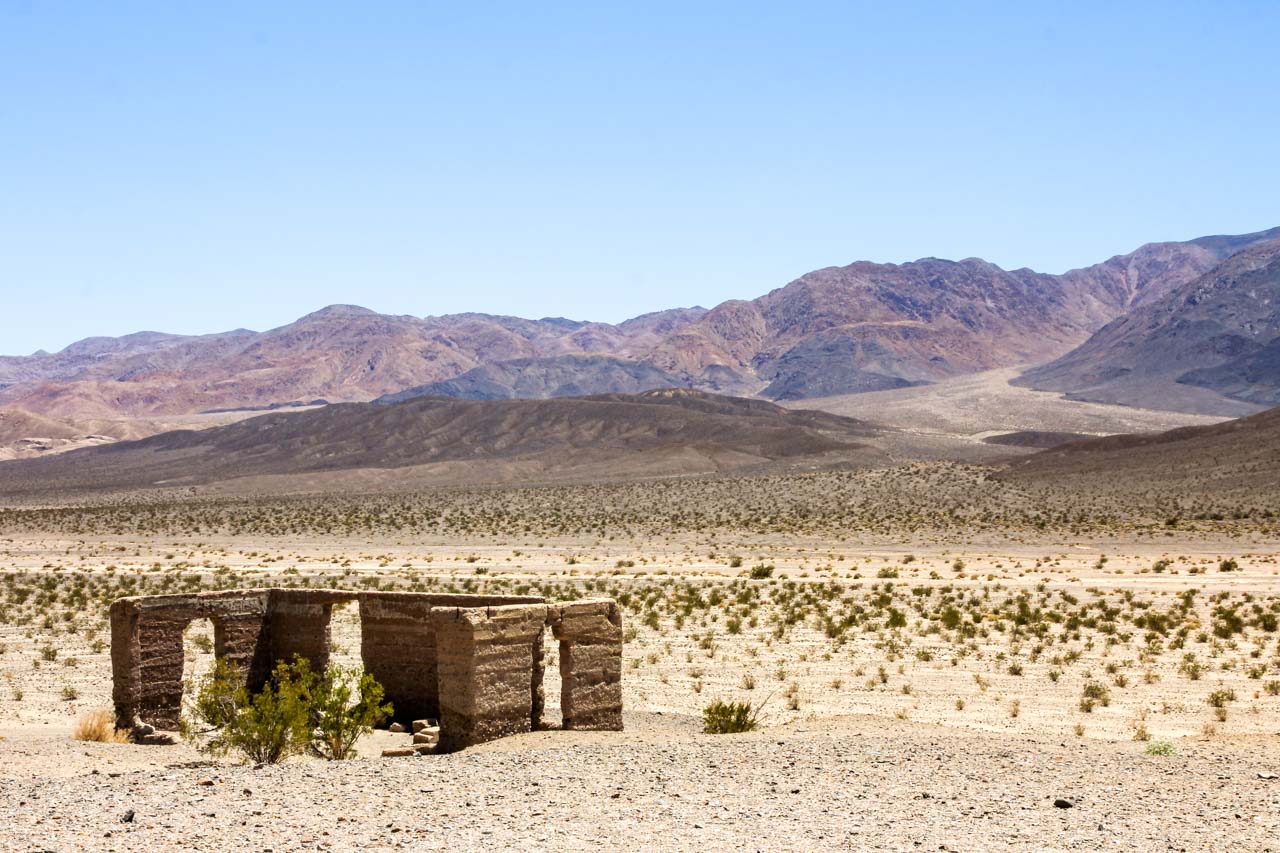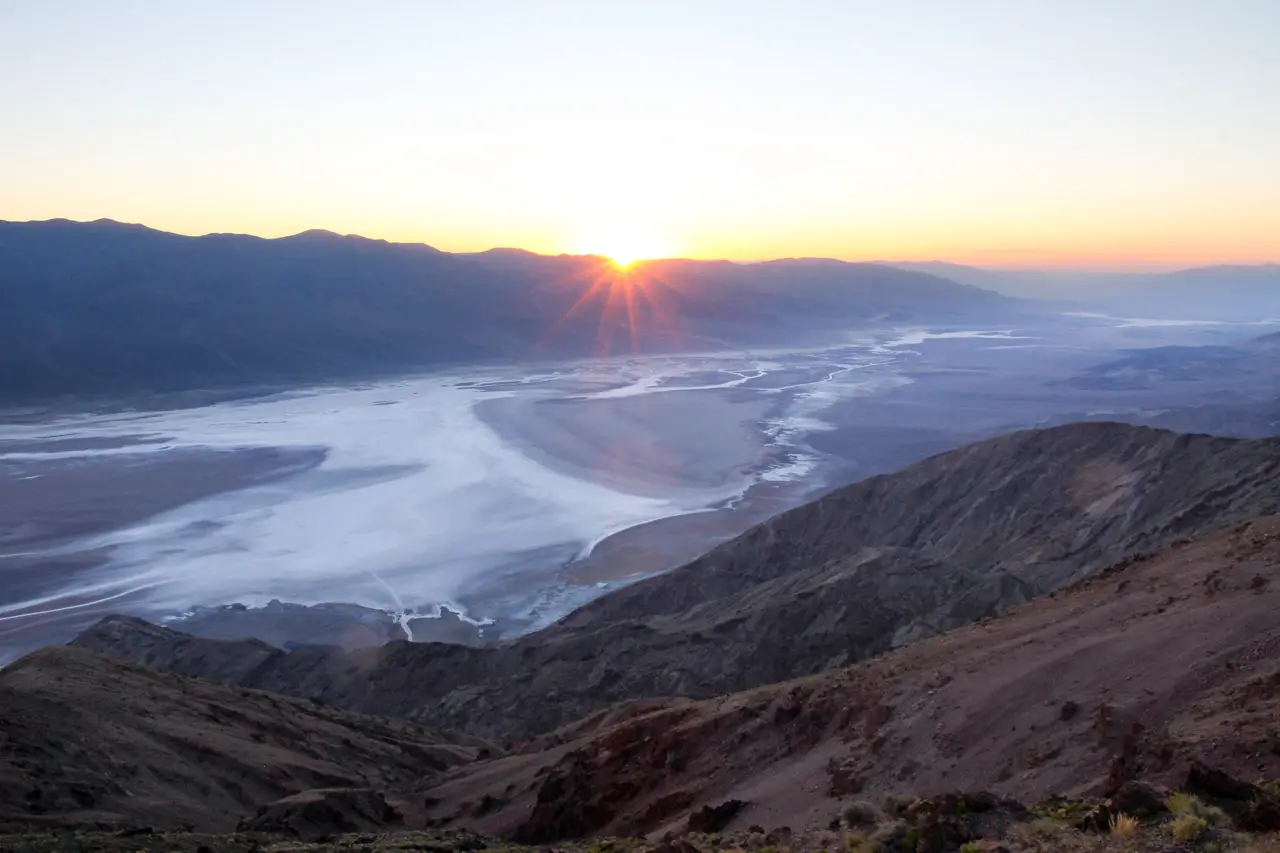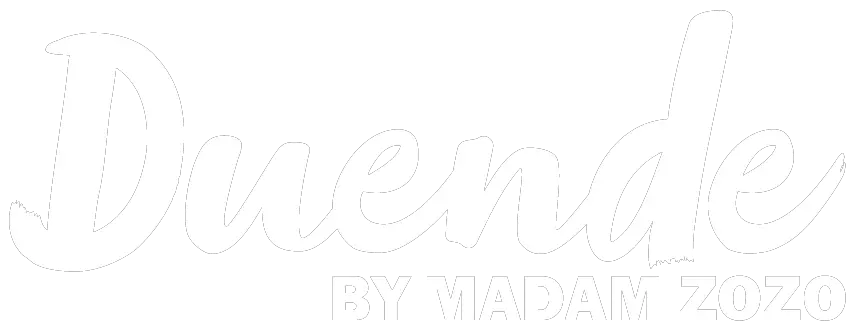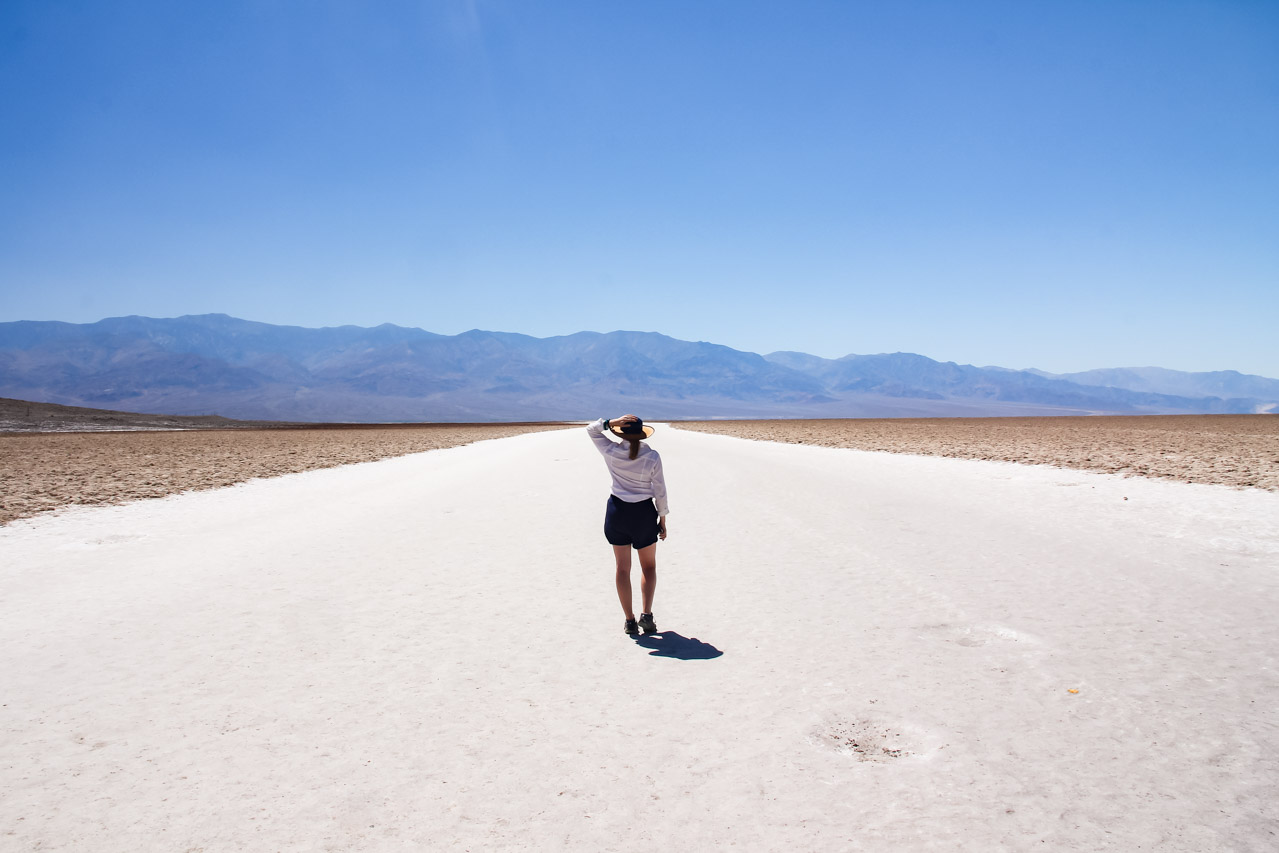Be awed by the dramatic and diverse desert-scapes of Death Valley in summer with this 24-hr itinerary. This is the perfect quick trip if only have an overnighter or weekend to spare? See some of the National Park’s best and most accessible sights, with outlooks that will take your breath away.
Disclosure: I may earn compensation from the purchase of any product or service linked on this website, at no extra cost to you. I only link to products I use and love, therefore feel comfortable recommending.
Is Death Valley worth visiting?
In short, yes, Death Valley is absolutely worth visiting. Here are just a few reasons:
- Experiencing Death Valley is essential to get a full appreciation of California’s extremes—the dramatic variations in topography, climate, flora and fauna. The contrast of standing at the lowest point in North America at 86m (282ft) below sea level, in salt-crusted Badwater Basin, knowing snow-capped Mount Whitney, the highest point in the contiguous 48 United States is roughly, only 136km (84.6mi) away is incredible. You might even catch a glimpse of Mount Whitney from inside the Park – more on that later.
- The landscape variations within Death Valley itself are phenomenal. From the chunky scales of Devil’s Golf Course to the rainbow geology of Artist’s Palette, Death Valley offers up a number of inspiring, otherworldly landscapes. Just ask George Lucas…
- Star Wars fans will probably know that Death Valley provided filming locations for Episode IV — A New Hope and Star Wars Episode VI — Return of the Jedi. The National Parks Service has a great page listing filming locations in the Park here.
- U2 fans may know that the Joshua Tree album cover image was taken at Zabriske Point. Moreover, the actual Joshua Tree featured in the centre gatefold image, is located just outside the Park. It blew over in 2000, after a roughly 200-year life, but is still a pilgrimage site for fans. You will find more details on finding the tree in this post.
- Furnace Creek in Death Valley is where the highest temperature on the surface of the Earth was recorded in 1913 at 56.7°C (134°F). This might be off-putting for those who don’t like it hot, but it is quite an interesting sensory experience to take in such extreme, dry heat and to learn about the plants and creatures that actually survive/thrive there.
Getting to Death Valley
Getting to Death Valley National Park via my suggested route through Shoshone on the southeastern side of the Park, is approximately 145km 91(mi), 2hrs drive from Las Vegas, about 402-km (250-mi), 4hrs from Los Angeles and 388km (241mi), 3.75hrs Palm Springs. From Shoshone, it is roughly another 127-km (79-mi), 2hrs driving to Furnace Creek, our overnight location, not including time for stops along the way.
How long to spend in Death Valley?
There are no two ways about it, Death Valley in summer is hot as hell. Therefore, the most comfortable time for exploration is going to be the evening and early morning. If you spend a night in the Park, you can take advantage of both. A day trip would generally mean you spend the bulk of your time exploring at the hottest part of the day. Plus, the golden glow of sunrises and sunsets on these warm-hued landscapes makes for great views/photos.
Buying your National Parks Pass
The CA-178 route we take into Death Valley on this itinerary is a much less used road. There are no entrance stations or visitors centre until you reach Furnace Creek. Therefore you will need to be proactive in purchasing a National Park pass either well in advance of your trip (it’s a physical pass that will be mailed to you), or on arrival.
Here is a list of places you can buy your pass inside the Park. Furnace Creek will also be your first chance to get a physical map and updates, so check conditions, alerts and download a Park newspaper that contains a map from the website before departing – there is no reliable internet connection inside the Park.
Super summer Death Valley itinerary
Day 1
Firstly, no matter where you are driving from, ensure you fuel up before entering the Park and that you are carrying food and plenty of water (about 4L (1gal) per person per day)—there is a gas station and a single café in Shoshone but be wary of opening hours, it’s a very, very small town. We drove from Palm Springs and picked up gas and lunch in Baker to be sure. For those into roadside attractions, Baker is also home of the world’s tallest thermometer.
The route
Once you make the turn onto the Jubilee Pass Road/CA-178 north of Shoshone, there is really only one main road. Turnoffs to relevant sights are well marked, you can’t miss them. By taking this particular route into Death Valley you will check off some of the Park’s attractions along the way to your Furnace Creek accommodation. These include Badwater Basin, Devil’s Golf Course and Artist’s Palette. It’s unlikely you’ll want to spend much time outside the airconditioned comfort of your vehicle, just enough time to take photos so you can really plough through the sights.
Note: Hiking in summer is not recommended by Park officials. My iPhone couldn’t even cope with being outside the car for more than 5-mins without going into shutdown.
Furnace Creek
Once you reach Furnace Creek, remember to pick up your Park Pass, then check into your accommodation. Have an early dinner or pack a picnic, as I have a special sunset spot for you. From June to August sunset times range between approximately 7:15 pm and 8:15 pm, so you will need to check the time and plan accordingly.
I mention dinner because summer is Death Valley off-season and food outlets close between 8-9 pm, which doesn’t work if you’re out exploring until the 8:00 pm sunset. We made this mistake and had to eat some old pre-made sandwiches from the gift shop the night we were there.
Sunset at Dante’s View
Dante’s View is an amazing lookout over Death Valley, standing about 1706m (5,600ft) above Badwater Basin on a mountain ridge. On clear days it is reported you can see Mount Whitney from its high vantage point. It will take about 45mins to drive directly up there but allow at least an extra hour for a stop at Zabriske Point and to drive the Twenty Mule Team Canyon detour along the way.
Also note that the change in elevation from the Valley to Mountain top is significant, with a large variation in temperature. It can be quite comfortable at the top during summer and still scorching in the Valley.
Day 2
On the following morning of your Death Valley itinerary, make your way slowly out of the Park via the CA-190 to Panamint Springs. Along the way, visit Mesquite Flat Sand Dunes. If you’re interested, there is a detour along the road which takes you through the Harmony Borax Works historic site on your way to the Dunes.
As you drive through Panamint Valley and over the mountain pass, remember to turn and look behind you and take full advantage of the pull-outs to stop and take pictures. The views of Death and Panamint Valleys are absolutely breathtaking.
As you drive out you will also pass by the aforementioned U2 Joshua Tree–here are instructions on where to find it.















What to take to Death Valley in summer
You won’t be hiking, it’s as simple as that, but there are a couple of short walks to reach overlooks. Here’s what to wear and put in your pack:
- Wear loose fitting, light-coloured clothing in breathable fabrics such as cotton and linen and sturdy footwear. Don’t rely solely on sunscreen, wear something that covers your shoulders and arms.
- Wide brim hat, sunglasses and sunscreen.
- A map, the internet is largely non-existent.
- Plenty of food and water. Park officials recommend 4L (1 gal) of water per person minimum.
- Flashlight/headlamp.
- Full tank of fuel.
- Reflector or sunshade for your windshield to keep your dash, steering wheel and seats cool. Even just a towel to throw over your seat and the steering wheel help. It takes no time for them to become unbearably hot.
- Binoculars and camera.
Remember to take only pictures and leave only footprints. Have fun exploring Death Valley, and please feel free to leave any comments or questions below.
Peace, love & inspiring travel,
Madam ZoZo



